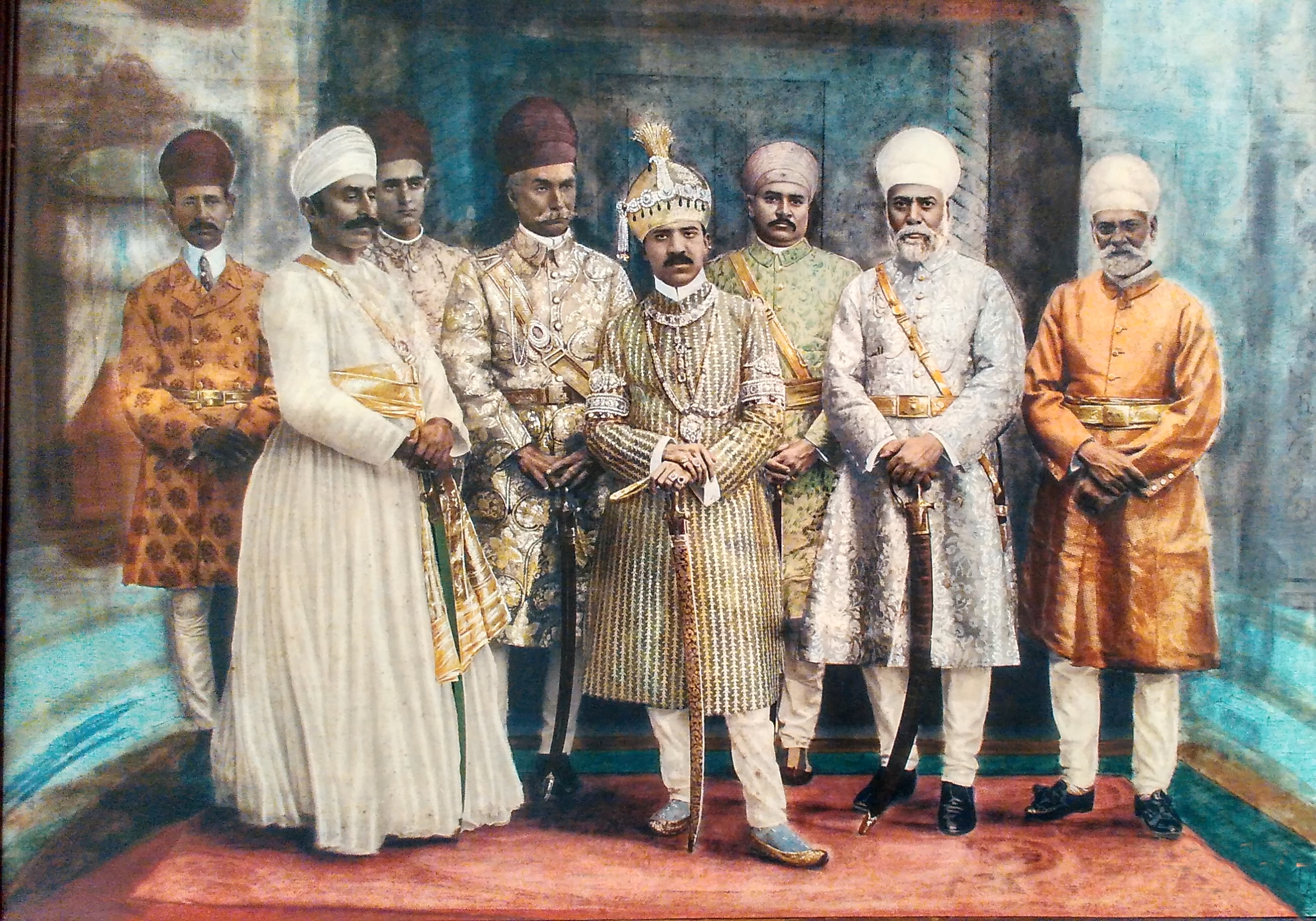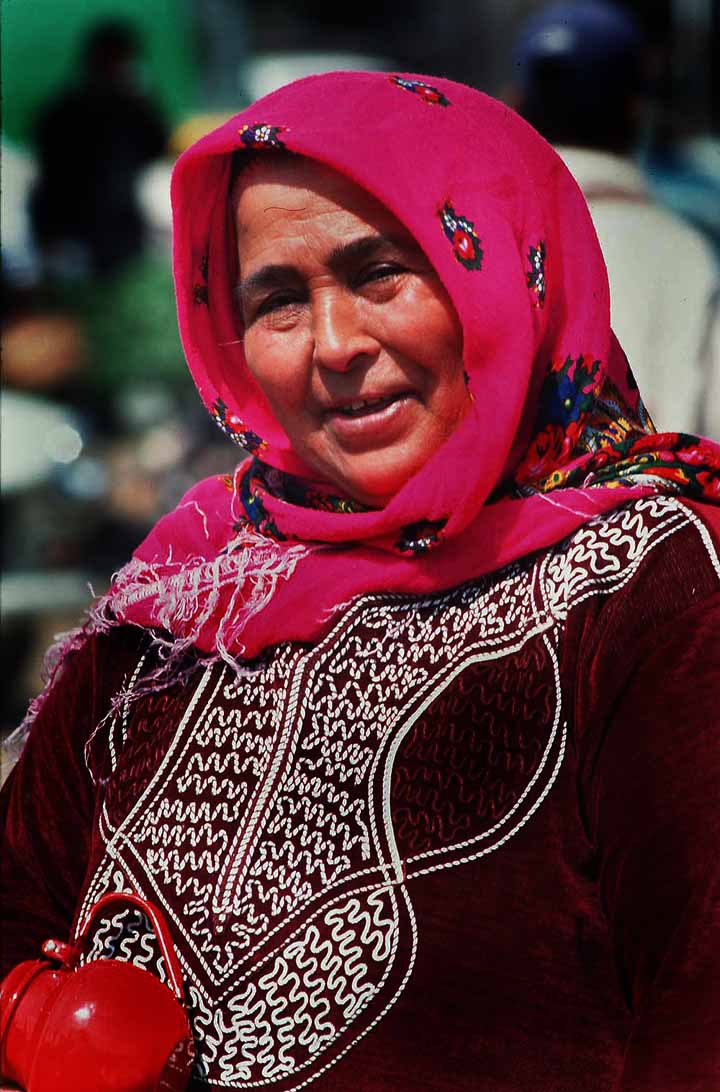|
Clothing Of Hyderabad, India ...
The traditional clothing of Hyderabad, India has both Muslim and South Asian influences. Men wear ''sherwani'' and ''kurta–paijama'' and women wear '' khara dupatta'' and ''salwar kameez''. Most Muslim women wear ''burqa'' and '' hijab'' outdoors. Western-style clothing is increasingly common among younger people. Men's wear * Sherwani * Kurta–paijama / Churidar * Lungi Women's wear * Sarees * Langa voni * Gaagra Choli * Khara dupatta * Shalwar kameez References {{reflist Culture of Hyderabad, India Hyderabad Hyderabad ( ; , ) is the capital and largest city of the Indian state of Telangana and the ''de jure'' capital of Andhra Pradesh. It occupies on the Deccan Plateau along the banks of the Musi River, in the northern part of Southern India ... [...More Info...] [...Related Items...] OR: [Wikipedia] [Google] [Baidu] |
Hyderabad
Hyderabad ( ; , ) is the capital and largest city of the Indian state of Telangana and the ''de jure'' capital of Andhra Pradesh. It occupies on the Deccan Plateau along the banks of the Musi River (India), Musi River, in the northern part of Southern India. With an average altitude of , much of Hyderabad is situated on hilly terrain around Hyderabad city lakes, artificial lakes, including the Hussain Sagar lake, predating the city's founding, in the north of the city centre. According to the 2011 Census of India, Hyderabad is the List of cities in India by population, fourth-most populous city in India with a population of residents within the city limits, and has a population of residents in the Hyderabad Metropolitan Region, metropolitan region, making it the List of metropolitan areas in India, sixth-most populous metropolitan area in India. With an output of 74 billion, Hyderabad has the fifth-largest urban economy in India. Muhammad Quli Qutb Shah established Hy ... [...More Info...] [...Related Items...] OR: [Wikipedia] [Google] [Baidu] |
Sherwani
Sherwani is a long-sleeved outer coat worn by men in South Asia. Like the Western frock coat it is fitted, with some waist suppression; it falls to below the knees and is buttoned down the front. It can be collarless, have a shirt-style collar, or a stand-up collar in the style of the Mandarin collar. It evolved in the Indian subcontinent in the 19th-century as a result of the outer garment of the late Mughal period, the angarkha—itself evolved from the Persian cape, ''balaba''—being given a western style with a button-down front. Etymology The name of the attire is plausibly derived from Shirvan or Sherwan, a region of present-day Azerbaijan, due to the folk dress of that area (Chokha) which resembles the sherwani. Therefore, the garment may also be a Mughalized derivative of the Caucasian dress due to the ethnocultural linkages of Turco-Persian affinity during the Middle Ages. History The sherwani originated in the 18th century in South Asia, before bein ... [...More Info...] [...Related Items...] OR: [Wikipedia] [Google] [Baidu] |
Shalwar Kameez
Shalwar kameez (also salwar kameez and less commonly shalwar qameez) is a traditional combination dress worn by women, and in some regions by men, in South Asia, and Central Asia. ''Shalwars'' are trousers which are atypically wide at the waist but which narrow to a cuffed bottom. They are held up by a drawstring or elastic belt, which causes them to become pleated around the waist. The trousers can be wide and baggy, or they can be cut quite narrow, on the bias. Shalwars have been traditionally worn in a wide region which includes Eastern Europe, West Asia, Central Asia, and South Asia. The ''kameez'' is a long shirt or tunic. The side seams are left open below the waist-line (the opening known as the ''chaak''), which gives the wearer greater freedom of movement. The kameez is usually cut straight and flat; older kameez use traditional cuts; modern kameez are more likely to have European-inspired set-in sleeves. The kameez may have a European-style collar, a Mandarin colla ... [...More Info...] [...Related Items...] OR: [Wikipedia] [Google] [Baidu] |
Khara Dupatta
Khada dupatta (upright stole) is the traditional wedding dress of Hyderabadi Muslim brides in the Indian subcontinent. It is an elaborate wedding ensemble comprising a kurta (tunic), chooridaar (extra-long slim pants that gather at the ankles), and a 6-yard dupatta The dupattā is a Hindu shawl traditionally worn by women in Indian subcontinent to cover the head and shoulders. The dupatta is currently used most commonly as part of the women's shalwar kameez outfit, and worn over the kurta and the gharara. ... (stole or veil). History Early in the 17th century, Turkic peoples, Turkish and Persian craftsmen were invited to India by Mughal Empire, Mughal Nur Jahan, Empress Noor Jehan to craft a noble dress, that became particular only for family members of Mughal noble ladies. The art of ''dupatta'' crafting remains particular to Mughal descendants. Later, when Mughal governor Qamar-ud-din Khan, Asaf Jah I, Nizam-ul-Mulk declared his autonomy over Hyderabad Deccan, Hyderaba ... [...More Info...] [...Related Items...] OR: [Wikipedia] [Google] [Baidu] |
Langa Voni
A langa voni (also called "''pavadai daavani''" in Tamil or "''langa daavani''" in Kannada) is a traditional dress worn in South India by girls between puberty and marriage. It is also known as the ''two-piece sari'' or ''half sari''. Girls younger than this may wear it on special occasions. It comprises a '' langa'' or ''paavadai'', a skirt which is tied around the waist using string, and a ''voni'', ''oni'', or ''daavani'', which is a cloth usually in length. The ''voni'' is draped diagonally over a ''choli'' (a tight fitting blouse, the same as that worn with a sari). Usually, the garment is woven with cotton or silk. A variant of this is the ''ghagra choli'' of North India (the difference between the two being the direction of draping the ''voni'' or ''dupatta''). The modern day "lehenga-style sari", worn by Indians across the subcontinent mainly for special occasions, is inspired by the langa voni. Dress The half sari facilitates the transition from the childhood ''paava ... [...More Info...] [...Related Items...] OR: [Wikipedia] [Google] [Baidu] |
Lungi
The lungi is a type of sarong that originated in the Indian Subcontinent. The Lungi, which usually multicoloured, is a men's skirt usually tied around the lower waist below the navel. it can be worn as casual wear and night wear, in places and climates where the heat and humidity increase sweating, and make it unpleasant or uncomfortable to wear closed and tight clothes such as trousers. Design They are especially worn in hot regions. There are also cheaper "open" lungis, in identical dimensions but not sewn into a tube shape. The standard adult lungi is in height and in length, when open. Children's lungis are approximately two-thirds of this size. They are normally woven from cotton and come in a variety of designs and colors. Silk lungis are used for ceremonial purposes such as weddings. The most common styles are solid-colored and plaid, reflecting the relative ease and cost-effectiveness of producing these patterns on a power loom. Blue is particularly popular, since i ... [...More Info...] [...Related Items...] OR: [Wikipedia] [Google] [Baidu] |
Churidar
Churidars, also churidar pyjamas, are tightly fitting trousers worn by both men and women in Indian Subcontinent. Churidars are a variant of the common shalwar pants. Shalwars are cut wide at the top and narrow at the ankle. Churidars narrow more quickly so that contours of the legs are revealed. They are usually cut on the bias, making them naturally stretchy. Stretch is important when pants are closefitting. They are also longer than the leg and sometimes finish with a tightly fitting buttoned cuff at the ankle. The excess length falls into folds and appears like a set of bangles resting on the ankle (hence 'churidar'; 'churi': bangle, 'dar': like). When the wearer is sitting, the extra material is the "ease" that makes it possible to bend the legs and sit comfortably. The word ''churidar'' is from Urdu and Hindi which made its way into English only in the 20th century.Hawkins, R. E. 1984. ''Common Indian words in English''. Oxford University Press, New Delhi. Earlier, tight- ... [...More Info...] [...Related Items...] OR: [Wikipedia] [Google] [Baidu] |
Kurta
A ''kurta'' is a loose collarless shirt or tunic worn in many regions of South Asia, (subscription required) Quote: "A loose shirt or tunic worn by men and women." Quote: "Kurta: a loose shirt without a collar, worn by women and men from South Asia" and now also worn around the world. Quote: "The kurta—the tunic—is likewise variable in its cut. It might be wide or tight, there is variety in the length and width of the sleeves, the height of the slits on either side, and especially the shape of the neck. The length of the tunic varies as well, ranging from upper-thigh to well below the knee. Like most garments of this type, worn by people in many countries in South Asia, the Middle East, and North Africa, the tunic always covers the crotch area of both genders." Tracing its roots to Central Asian nomadic tunics, or upper body garments, of the late-ancient- or early-medieval era, the kurta has evolved stylistically over the centuries, especially in South Asia, as a garment for ... [...More Info...] [...Related Items...] OR: [Wikipedia] [Google] [Baidu] |
Hijab
In modern usage, hijab ( ar, حجاب, translit=ḥijāb, ) generally refers to headcoverings worn by Muslim women. Many Muslims believe it is obligatory for every female Muslim who has reached the age of puberty to wear a head covering. While such headcoverings can come in many forms, hijab often specifically refers to a cloth wrapped around the head, neck and chest, covering the hair and neck but leaving the face visible. The term was originally used to denote a partition, a curtain, or was sometimes used for the Islamic rules of modesty. This is the usage in the verses of the Qur'an, in which the term ''hijab'' sometimes refers to a curtain separating visitors to Muhammad's main house from his wives' residential lodgings. This has led some to claim that the mandate of the Qur'an applied only to the wives of Muhammad, and not to the entirety of women. Another interpretation can also refer to the seclusion of women from men in the public sphere, whereas a metaphysical dimens ... [...More Info...] [...Related Items...] OR: [Wikipedia] [Google] [Baidu] |
Muslim
Muslims ( ar, المسلمون, , ) are people who adhere to Islam, a monotheistic religion belonging to the Abrahamic tradition. They consider the Quran, the foundational religious text of Islam, to be the verbatim word of the God of Abraham (or '' Allah'') as it was revealed to Muhammad, the main Islamic prophet. The majority of Muslims also follow the teachings and practices of Muhammad ('' sunnah'') as recorded in traditional accounts (''hadith''). With an estimated population of almost 1.9 billion followers as of 2020 year estimation, Muslims comprise more than 24.9% of the world's total population. In descending order, the percentage of people who identify as Muslims on each continental landmass stands at: 45% of Africa, 25% of Asia and Oceania (collectively), 6% of Europe, and 1% of the Americas. Additionally, in subdivided geographical regions, the figure stands at: 91% of the Middle East–North Africa, 90% of Central Asia, 65% of the Caucasus, 42% of Southeast As ... [...More Info...] [...Related Items...] OR: [Wikipedia] [Google] [Baidu] |






